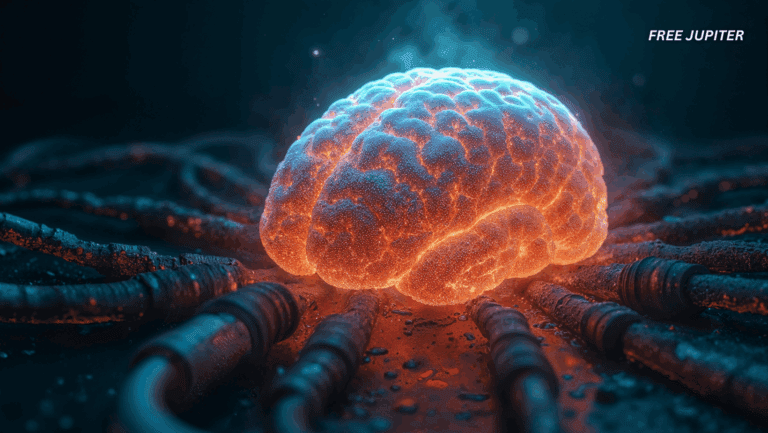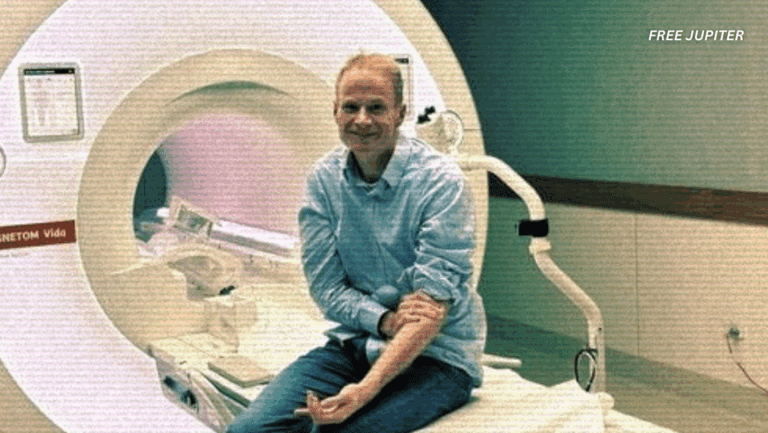When life throws us into chaos-whether through a single shocking event or a prolonged period of distress-our minds often strive to move forward. Yet, beneath the surface, our bodies can keep the score long after the mind feels ready to let go. Recent research is shining a light on just how deeply trauma can embed itself in our biological systems, even when we believe we’ve healed.
The Hidden Conversation: Trauma’s Imprint on the Body
A recent investigation took a closer look at the intricate ways traumatic experiences shape our biology. The study focused on three key players:
- The autonomic nervous system (ANS)
- The immune system’s inflammatory response
- The endocrine (hormonal) system
What researchers found was both fascinating and sobering: even when survivors reported feeling emotionally stable, their bodies told a different story. Biological markers of stress and trauma lingered, revealing that the body’s memory can outlast the mind’s.
A Landmark Study: Lessons from the Oklahoma City Bombing
To unravel the mysteries of trauma’s long-term effects, scientists conducted a comprehensive assessment of 60 individuals who survived the Oklahoma City bombing in 1995. These survivors were compared to 23 people who had not experienced such a traumatic event. The researchers measured a range of biological signals, including:
- Heart rate and blood pressure reactivity
- Morning cortisol levels (a key stress hormone)
- Levels of two immune system markers: interleukin 1-β (IL-1β) and interleukin 2-R (IL-2R)
IL-1β is known for sparking inflammation when the body is under threat, while IL-2R helps activate immune cells to fight off invaders.
What Did They Find?
The survivors showed:
- Higher levels of IL-1β, indicating increased inflammation
- Lower levels of IL-2R, suggesting altered immune activation
- Reduced morning cortisol, pointing to changes in the stress hormone system
- Higher resting diastolic blood pressure
Interestingly, when asked about their mental health, these survivors did not report higher levels of post-traumatic stress or depression compared to the control group. Yet, they described worse general physical wellbeing-even though they were medically healthy by standard measures.
The Autonomic Nervous System: Trauma’s Silent Messenger
The ANS is the body’s autopilot, quietly regulating everything from heartbeats to digestion. It consists of two branches:
- Sympathetic nervous system (SNS): The “fight or flight” accelerator, readying the body for action in the face of threat.
- Parasympathetic nervous system (PNS): The “rest and digest” brake, helping the body recover and restore balance.
Trauma can send the SNS into overdrive, keeping the body in a state of hyperarousal. This can show up as:
- Persistent anxiety and restlessness
- Racing heart and tense muscles
- Trouble sleeping and chronic fatigue
Meanwhile, the PNS may struggle to bring the body back to calm, leaving survivors feeling unable to relax or fully let their guard down.
The Endocrine and Immune Systems: Subtle Shifts with Big Impacts
Trauma doesn’t just tweak our nerves-it can also rewire our hormonal and immune responses. The hypothalamic-pituitary-adrenal (HPA) axis, a key stress response system, may become dysregulated. This can lead to:
- Abnormal cortisol rhythms (as seen in the study’s lower morning cortisol levels)
- Heightened sensitivity to stress
- Difficulty bouncing back from emotional upsets
On the immune front, elevated IL-1β hints at a body primed for inflammation, even in the absence of illness. Lower IL-2R could mean the immune system’s ability to respond to new threats is altered, potentially affecting long-term health.
Read more: Surprising Depression Symptoms In Men Are Often Missed, Therapists Say
When the Mind Moves On, the Body Stays Stuck
One of the most striking findings from the Oklahoma City study was the disconnect between how survivors felt emotionally and what their bodies revealed. While psychological assessments showed little difference between survivors and controls, the biological data told a story of lingering stress.
This mismatch suggests that trauma’s legacy can persist in our physiology, even when we feel “fine” on the surface. Survivors may not meet criteria for post-traumatic stress or depression, but their bodies remain on high alert.
The Polyvagal Perspective: Why We React the Way We Do
Polyvagal Theory offers a helpful lens for understanding these patterns. According to this theory, the ANS is constantly scanning for signs of safety or danger. After trauma, this system can become hypersensitive, triggering physical reactions to even minor stressors.
This can lead to:
- Chronic pain and digestive troubles
- Emotional numbness or swings
- Difficulty connecting with others due to a persistent sense of threat
The Social Ripple: How Trauma Shapes Connections
The effects of trauma ripple out into relationships. When the ANS is stuck in overdrive, it can be hard to feel safe with others. Survivors may:
- Withdraw from social situations
- Struggle to interpret social cues accurately
- Experience loneliness or isolation
These challenges can make recovery more difficult, as social support is a key ingredient in healing.
Long-Term Consequences: More Than Meets the Eye
The body’s ongoing stress response can pave the way for a host of health concerns, including:
- Heart and blood pressure issues
- Digestive disturbances
- Lowered immune defenses
- Persistent aches and pains
Emotionally, survivors may grapple with anxiety, mood swings, and trouble regulating their feelings-even if they don’t meet criteria for a specific mental health diagnosis.
Read more: It’s Not Just You: 11 Reasons People Pull Away From Friendships With Age
Healing from the Inside Out: A Fresh Approach
Recognizing that trauma’s imprint is both psychological and physical opens the door to more holistic recovery strategies. While traditional talk therapies are valuable, they may not address the full spectrum of trauma’s effects.
Approaches that start with the body-such as mindfulness, deep breathing, gentle movement, and yoga-can help recalibrate the ANS, allowing the body to relearn safety and relaxation. These practices work by activating the parasympathetic system, helping to counteract the chronic “fight or flight” state.
Therapies that acknowledge the body-mind connection, like EMDR and somatic experiencing, can help process trauma on a physiological level. These methods aim to restore balance to the ANS and HPA axis, supporting deeper healing.
Safe, supportive relationships can help soothe the ANS and foster a sense of security. Whether through friends, family, or support groups, connection is a powerful antidote to trauma’s isolating effects.
Rethinking Recovery: Beyond the Mind
The findings from the Oklahoma City study underscore a crucial point: healing from trauma isn’t just about changing thoughts or feelings. It’s about helping the body find its way back to equilibrium.
By tuning into the body’s signals and addressing them with compassion and evidence-based care, survivors can move toward a more integrated sense of wellbeing.
Listening to the Body’s Story
The body’s memory of trauma isn’t a flaw-it’s a testament to our resilience and drive to survive. By honoring both the mind and the body in the healing process, individuals can chart a course toward lasting recovery.
In the end, the journey is about more than letting go-it’s about helping every part of ourselves feel safe, connected, and whole once again.










